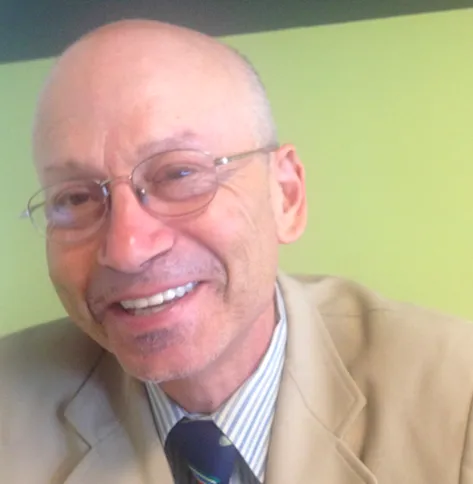Irvin Dawid discovered Planetizen when a classmate in an urban planning lab at San Jose State University shared it with him in 2003. When he left San Jose State that year, he took with him an interest in Planetizen, if not the master's degree in urban & regional planning.
As a long-time environmental activist, he formed the Sustainable Land Use committee for his local Sierra Club chapter and served six years on the Bay Area Air Quality Management District’s Advisory Council from 2002-2008. He maintains his interest in air quality by representing Sierra Club California on the Clean Air Dialogue, a working group of the Calif. Environmental Dialog representing business, regulatory and public health/environmental interests.
Major interests include transportation funding, e.g., gas taxes, vehicle miles traveled (VMT) fees, road tolls and energy subsidies that lead to unlevel playing fields for more sustainable choices.
He hails from Queens (Bayside) and Long Island (Great Neck); received an AAS in Fisheries & Wildlife Technology from SUNY Cobleskill and a B.S. from what is now Excelsior College.
After residing for three years on California’s North Coast, he’s lived on the San Francisco Peninsula since 1983, including 24 years in Palo Alto. Home is now near downtown Burlingame, a short bike-ride to the Caltrain station.
He’s been car-free since driving his 1972 Dodge Tradesman maxi-van, his means to exit Long Island in 1979, to the junkyard in 1988.
Major forms of transportation: A 1991 'citybike' and monthly Caltrain pass, zone 2-2. "It's no LIRR, but it may be the most bike friendly train in America."
Irvin can be reached at [email protected]
Do the Facts Support Fracking Opposition?
Susan Brantley of Penn State University and Anna Meyendorff of University of Michigan pen this op-ed to assess the pros and cons of fracking for natural gas. How does fracking compare to obtaining energy from other sources? Do the facts warrant bans?
Japanese Breakthrough Could Revolutionize Natural Gas Extraction
Japan is looking to unleash a new source of natural gas in the same way that fracking and horizontal drilling has revolutionized natural gas drilling in the U.S. It's called methane hydrate or 'flammable ice', and is the most prevalent energy source.
Can Rail Fill the Gap if Keystone XL Isn't Approved?
"Yes it can", at least to some extent appears to be the answer according to the WSJ. While the Keystone XL pipeline can move 830,000 barrels of oil a day, rail shipments are set to double this year to 200,000 barrels. Not so, according to the NRDC.
The Surprising Demographics of Gun Ownership
You've seen the news reports of skyrocketing gun sales due to the possibility of tightened gun restrictions in the wake of the Newtown, CT tragedy; yet the headlines of vocal opposition to gun control belie America's declining gun ownership rate.
U.S. Experiences Second-Highest Transit Ridership Since 1957
According to a new report, U.S. transit ridership increased to 10.5 billion rides in 2012 - a 1.5% increase over 2011, despite transit shutdowns and reductions caused by Superstorm Sandy. High gas prices, and their volatility, was a major cause.

























